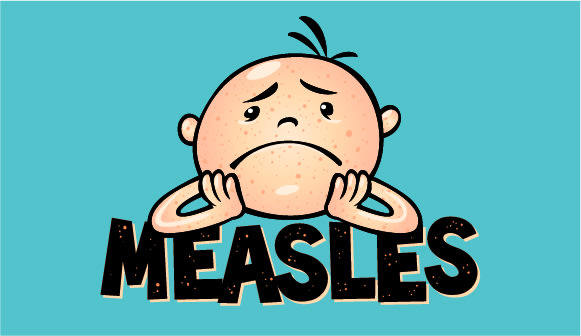Colorful pumpkins
What to do if you see a trick-or-treater with a teal, blue or purple pail.
Article Author: Katie McPherson
Article Date:

If you’ve been to the store and browsed the Halloween aisles lately, you may have noticed some endcaps featuring stacks of teal, blue or purple pumpkin buckets for trick-or-treating. While an orange pumpkin seems like the classic choice, these other colors have designated meanings to tell people that the kids carrying them need a little extra consideration on Halloween.
Here’s the 411 on what each color signifies, how health conditions can affect children while trick-or-treating, and the simple steps you can take to help.
The deal with teal
Teal pumpkins are probably the most well-known of all the non-orange options. Parents began having their children carry teal pumpkin buckets to alert candy givers their child has a food allergy, and the grassroots movement took off from there. Today, it’s endorsed by the Food Allergy Research & Education (FARE) organization, and formally called the Teal Pumpkin Project.
If you see a little Power Ranger or princess heading to your house with a teal pumpkin pail, you’ll want to give him or her a treat that isn’t edible. Some options include stickers, spider rings, bubbles, pencils, mini erasers, or other goodies. Just make sure you keep any items that may be choking hazards away from the littlest ghouls.
Keep in mind that other children — like those on specialized diets for chronic health conditions or kids with feeding tubes — will also appreciate it if you have some non-food treats to choose from.
All about blue
Some parents of children with autism spectrum disorder have them carry blue pumpkin buckets to let those handing out candy know they may be nonverbal. The latest data from the Centers for Disease Control and Prevention (CDC) shows 1 in 54 children have autism, so chances are you’ll see a blue bucket or two on Halloween night.
“Be mindful that not all children are able to say, ‘Trick or treat!’ Some families will feel really bad when the person giving out candy is like, ‘What do you say?’ Then they have to explain that their child doesn’t talk,” said Lauren Papke, MS, CCC-SLP, leader of the Early Autism Intervention Program at Wolfson Children’s Rehabilitation Autism & Neurodevelopment Center.
Trick-or-treating is an unfamiliar routine. For children on the autism spectrum, it can take some practice to learn and maintain boundaries, like waiting for others to get candy or staying on the front porch instead of walking through an open front door.
Papke said there are a few other things to remember when these trick-or-treaters come to your door if you want to make sure their experience is positive.
“Due to sensory aversions, some children may not feel comfortable wearing a costume, but that shouldn’t prevent them from getting candy,” said Papke. “Some children on the spectrum may look ‘too old’ to be trick-or-treating but developmentally, they still enjoy going door-to-door. A good rule of thumb is to just suspend judgment and, if you have someone coming to your door celebrating, give him or her candy.”
She added that not all parents want their child to be identified as having autism, and that’s OK too. If you apply her tips regardless of pumpkin color, trick-or-treaters are sure to enjoy stopping by your house.
The purpose of purple
The Epilepsy Foundation supports the Purple Pumpkin Project, which encourages children with epilepsy to carry purple trick-or-treat pails. That’s because the flashing and strobing lights on Halloween decorations can trigger seizures for some kids (this is called photosensitive epilepsy). Others may be on a special diet with sugar restrictions to treat their epilepsy, which can make candy a no-go, even on the holidays.
“If a child is carrying one of these buckets, I would consider temporarily stopping strobe lights or any flashing effects in your decorations,” said Fernando Galan, MD, board-certified pediatric neurologist and epileptologist with Wolfson Children’s Hospital and Nemours Children’s Health, Jacksonville.
Dr. Galan has one extra tip in case a purple-pumpkin-toting Ninja Turtle, witch or werewolf comes knocking.
“Additionally, I would recommend keeping a smaller stash of non-food items, like small toys or stickers, which can be given instead of candy for those who may have dietary restrictions.”



